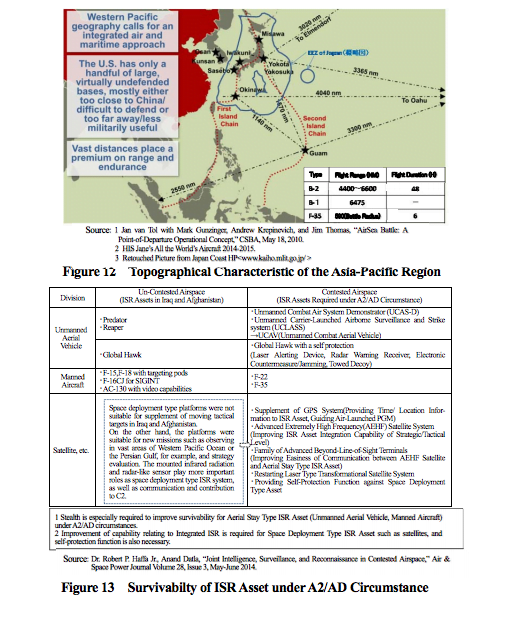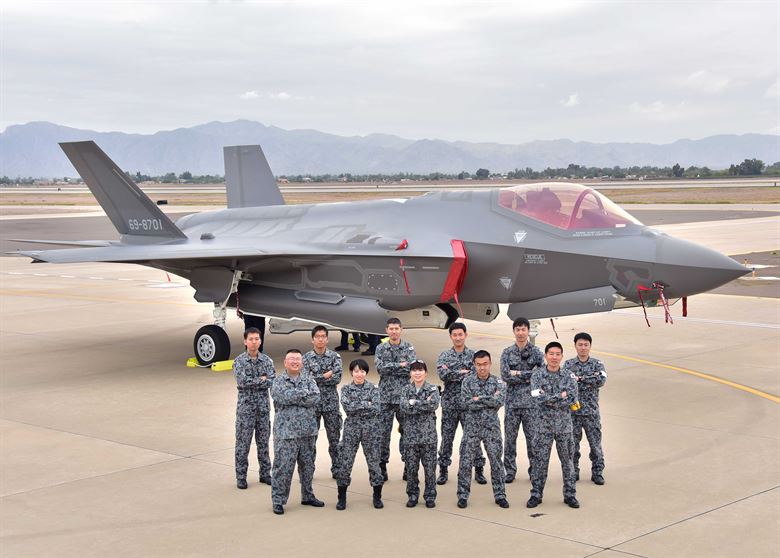In a press conference held by the Japanese Defense Minister, he provided an update on the standup of Japanese F-35s in Japan.
I will provide a report on the additional deployment of F-35A aircraft to the Misawa Air Base.
The concrete schedule of the additional deployment of Air Self-Defense Force (ASDF) F-35A aircraft to the Misawa Air Base has been decided, and I will therefore provide an update.
The first aircraft was deployed in January of this year, and an additional new aircraft will be deployed today.
Furthermore, on May 26, five additional aircraft that are currently being used for training and tests in the U.S. will be deployed.
A seven aircraft unit will be formed this month.
Furthermore, we plan to deploy an additional three aircraft to the Misawa base this year to increase the unit to a total of ten aircraft.
The aircraft deployed today was the third aircraft that underwent final assembly and checkout (FACO) domestically at the Mitsubishi Heavy Industries Komaki South Factory, and it will take off from the Komaki Air Base at 14:00, and is scheduled to land at the Misawa Air Base at approximately 15:00.
The deployment of F-35A aircraft is extremely meaningful as Japan’s neighboring countries advance the modernization and build-up of their air forces, including fighter aircraft, in recent years.
In addition to our air defense capabilities, the aircraft will contribute to the strengthening of joint operations and the mutual joint operation capabilities of Japan and the U.S. The Ministry of Defense (MOD) will continue to steadily introduce the F-35A going forward.
The featured photo shows Japanese Air Self-Defense Force maintainers Nov. 28, 2016, during the arrival of the first Japanese F-35A at Luke Air Force Base, Ariz. (U.S. Air Force photo by Tech. Sgt. Louis Vega Jr.)
The role of F-35s in Japanese defense is a significant one.
One assessment of the role was provided by Colonel Yasuo Kishimoto in his 2014 article on “Trends in the US Military’s Rebalance and the Current State of Japan’s Air Self Defense Force:”
The second island chain of the A2/AD zone is expected to include Japan’s territory, territorial waters and exclusive economic zone (EEZ).
Therefore to monitor the area of the EEZ requires an ISR capability that will be highly survivable in A2/AD environment, and in defense of Japan, it is essentialfor the JASDF to have ISR that can perform urgent operations in a contested zone.
In addition, utilizing early warning platforms and unmanned aircraft can be considered part of joint ISR with the US Air Force. In particular, the US military ISR system is constructed as a series of systems, including the command and control platforms.
For this reason, we can expect to strengthen the co-operation between our command and control systems in emergencies in Japan, increasing the information sharing between the JASDF and the US Air Force. In addition, since ISR is a focal point of the US Air Force’s strategy, cooperation with the US Air Force through joint ISR in defense of Japan will lead to an environmental improvement for the US forces to deploy into.
We are considering specific assets for this capability, such as a fighter/ISR platform, like the F-35, and mounting a targeting pod on the F-2.
In particular, the F-35 will have high survivability because of its stealth features, and it will also be an asset in common with the US Air Force.
Therefore, it would be beneficial to utilize the F-35 as a part of a series of systems performing joint ISR.
http://www.mod.go.jp/asdf/meguro/center2/AirPower2nd/052kenkyu2.pdf



